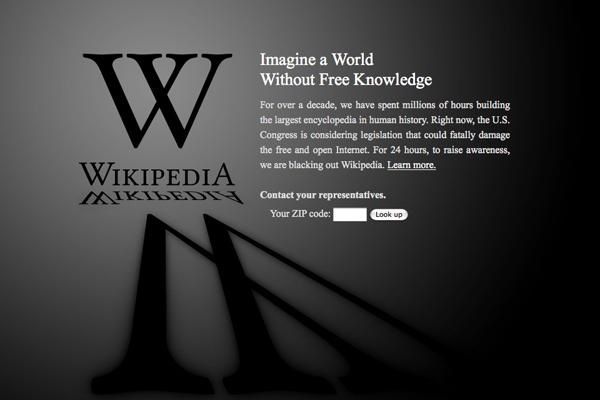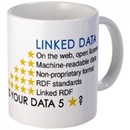
BBC Sport Site Built on a Solid Linked Data Foundation
The BBC team have been evolving their approach to delivering agile, effective, websites in an efficient way by building on Linked Data foundations, sector by sector – wildlife, news, music, World Cup 2010, and now in readiness for London 2012 – the whole sport experience. Since the launch a few days ago, the main comment seems to be that it is ‘very yellow’, which it is. Not much reference to the innovative approach under the hood – as it should be. If you can see the technology, you have got it wrong.









